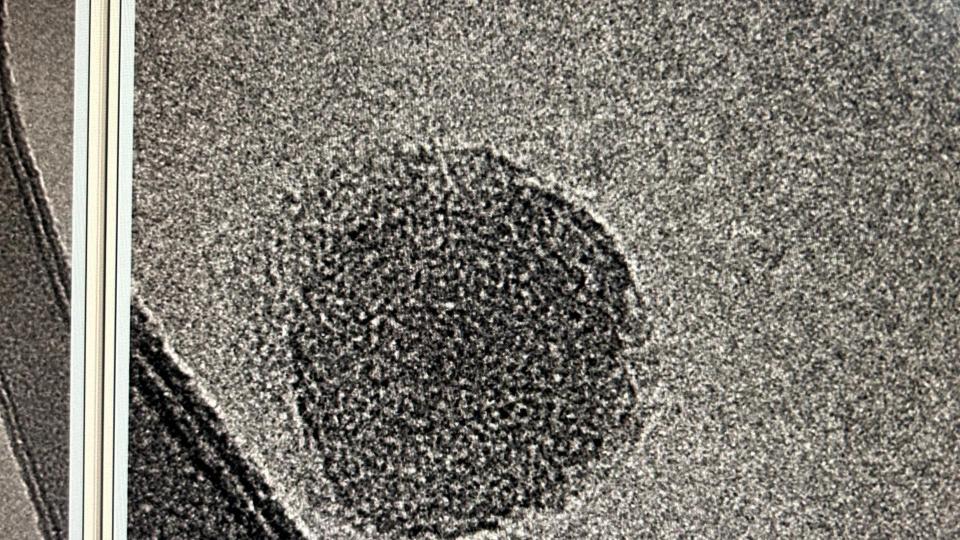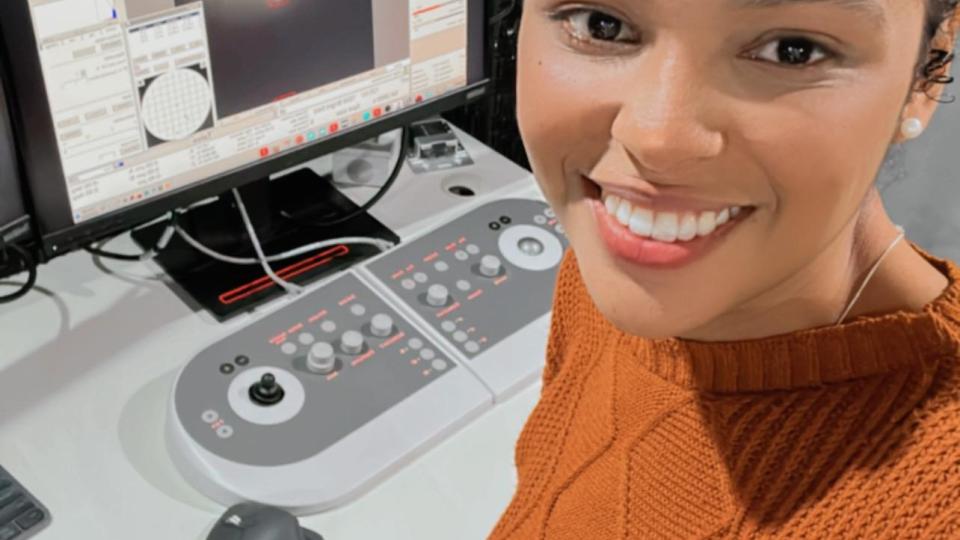Gene therapy is a silver bullet for many diseases and conditions. It's fixing the problem at the root cause, like finding the bug in your code and seeing it run smoothly.
But the challenge of taking a little segment of nucleic acid and placing it inside the cells in a way that it actually fixes the problem keeps pushing applications back: cells don't take lightly that a foreign DNA or RNA pretends to enter, because that's precisely what viruses do.
One strategy is to take viral or virus-like particles, insert the nucleic acid, and let the nanomachine do what it's supposed to. But this might elicit a strong immune response.
Another strategy is to use chemicals that trick cells into taking up the nucleic acids. But this is inefficient, as cells do this by engulfing the molecules in a little vesicle made from the cell membrane, after which the nucleic acid can't escape soon enough into the cytosol before being broken apart as a defense mechanism.
But fellow Maricary Sifontes and her team from the University of Havana have a plan. Inspired by Adenoviruses, they used computers to design a peptide molecule that works as a viral carrier, but has a release switch sensitive to the pH conditions inside the uptake vesicles, hoping that this system will make nucleic acid delivery into the cell a much more efficient process.
The peptides were synthesized at the Center of Genetic Engineering and Biotechnology in Havana and brought to be tested at the Institute of Physics of the University of São Paulo, where the molecule's capacity to carry DNA and release it from artificial vesicles was explored with the latest technology.
We thank Professors Maria Eliana Lanio and Rosangela Itri for their guidance, support, and commitment to this collaboration.



